I Visited Japan For The First Time The Trip Was Amazing, But I Could’ve Easily Avoided These 15 Mistakes
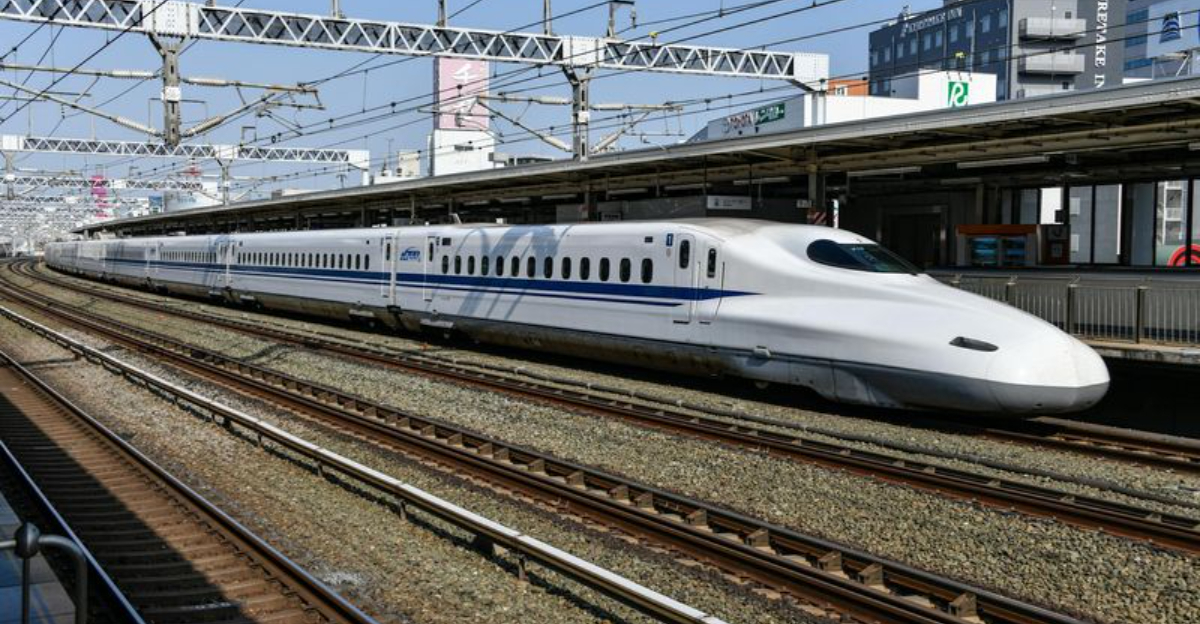
My first trip to Japan was absolutely incredible – the food, culture, and people exceeded every expectation I had. However, looking back, I realize I made several avoidable mistakes that could have made my experience even better.
From transportation blunders to cultural misunderstandings, these errors taught me valuable lessons about traveling in the Land of the Rising Sun.
Here are the top mistakes I wish I could have avoided during my amazing Japanese adventure.
1. Not Getting a JR Pass Before Arriving
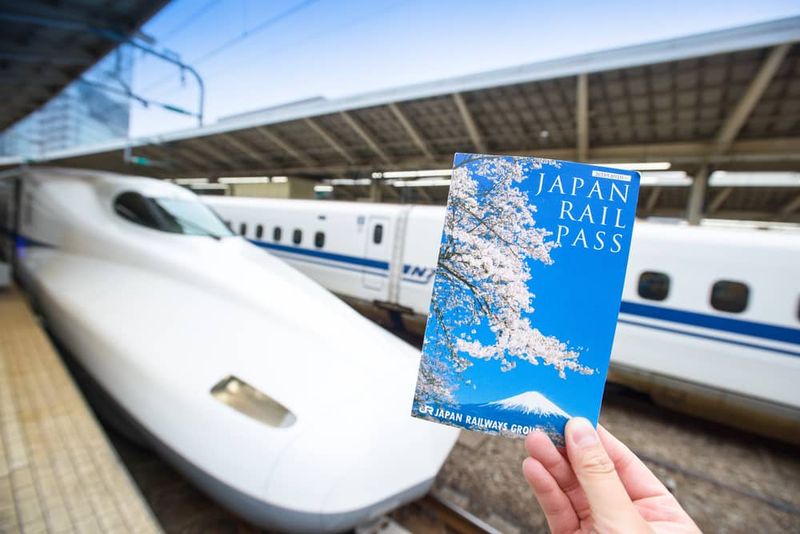
If you’re planning to travel between cities in Japan, buying your JR Pass overseas is crucial. I learned this the hard way when I tried purchasing one at Tokyo Station and discovered they’re significantly more expensive in Japan.
The pass covers most trains, including the famous shinkansen bullet trains. You’ll save hundreds of dollars if you buy it from an authorized dealer in your home country before departure.
Don’t make my mistake of thinking you can figure it out once you arrive. The savings are substantial, and having it ready makes your trip much smoother.
2. Forgetting to Carry Cash Everywhere
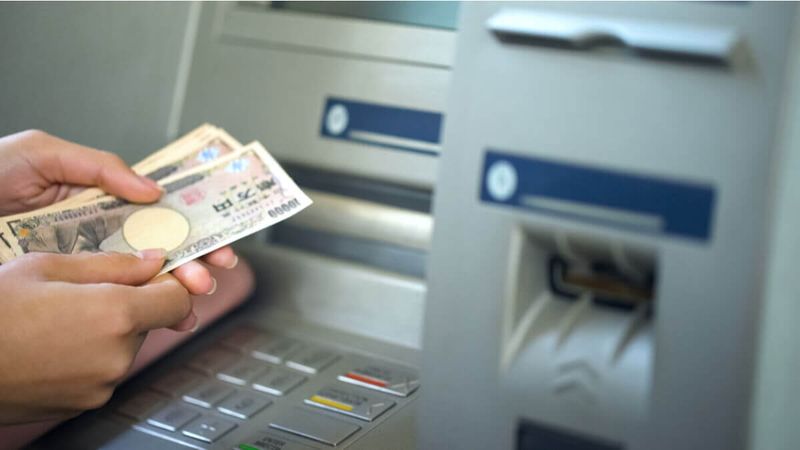
Despite being a technologically advanced country, Japan still operates heavily on cash. Many restaurants, shops, and even some hotels don’t accept credit cards, especially in smaller towns and traditional establishments.
I found myself embarrassed multiple times when my card was declined at places I assumed would accept it. ATMs aren’t as common as in Western countries, and many don’t accept foreign cards.
Always carry sufficient yen with you, and use 7-Eleven ATMs or post office ATMs to withdraw money. These are your most reliable options for accessing cash as a foreigner.
3. Not Learning Basic Chopstick Etiquette
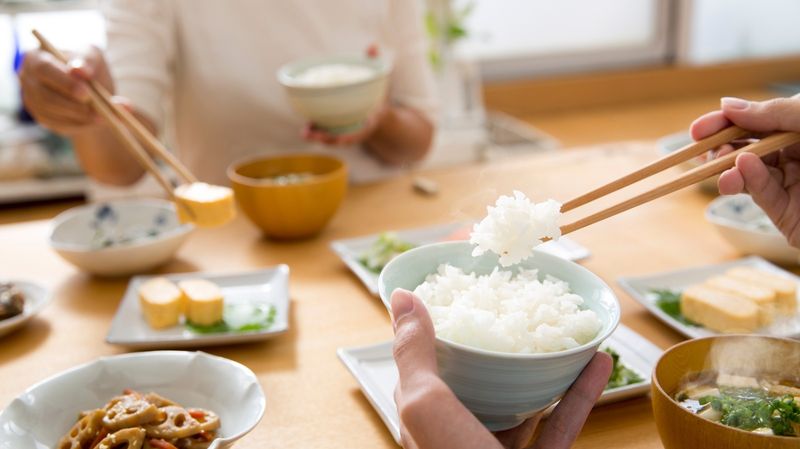
Chopstick etiquette in Japan goes far beyond just knowing how to pick up food. I committed several faux pas that drew uncomfortable stares from locals during my meals.
Never stick your chopsticks upright in rice, as this resembles incense at funerals. Don’t pass food directly from your chopsticks to someone else’s, and avoid pointing with them or using them to move dishes around.
When not using chopsticks, place them on the provided rest or across your bowl. These small gestures show respect for Japanese culture and prevent awkward dining situations.
4. Wearing Shoes Inside Traditional Places

Shoe removal is sacred in Japan, and I initially struggled with when and where to take them off. Temples, shrines, traditional restaurants, and ryokans all require shoe removal at the entrance.
Some places provide slippers, while others expect you to walk in socks or bare feet. I made the mistake of wearing shoes with complicated laces, making the process slow and awkward.
Wear easily removable shoes and always bring clean socks. Look for shoe racks or genkan (entrance areas) as clear indicators that footwear should be removed before proceeding further.
5. Not Downloading Translation Apps
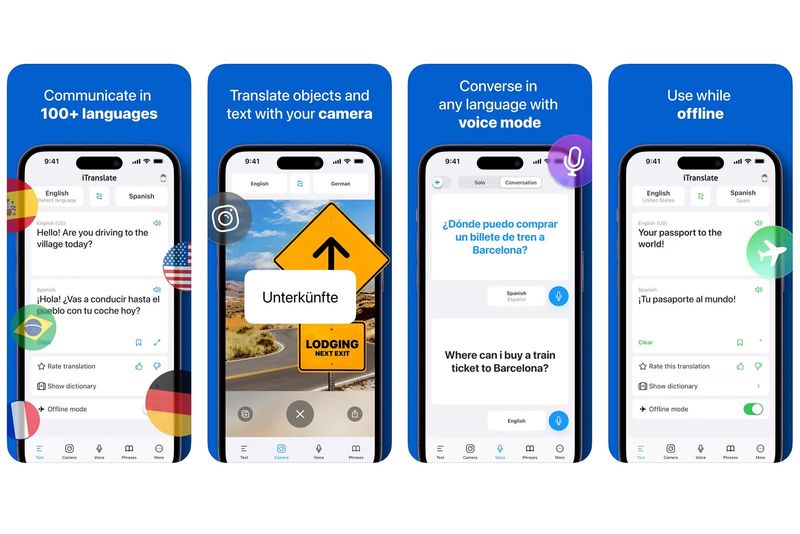
While many young Japanese people speak some English, communication can still be challenging, especially with older generations or in rural areas. I wished I had prepared better with translation technology.
Google Translate’s camera feature is incredibly useful for reading menus, signs, and instructions. The app works offline too, which is perfect when you don’t have internet access.
Download multiple translation apps before your trip and test them out. They’re lifesavers when trying to order food, ask for directions, or understand important information during your travels.
6. Ignoring Train Rush Hour Times
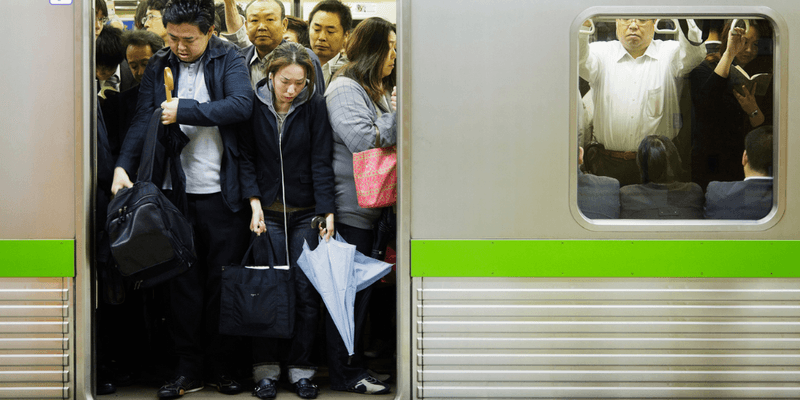
Tokyo’s rush hour is unlike anything I’d experienced before. Trains become impossibly crowded between 7-9 AM and 5-7 PM, making travel uncomfortable and stressful for tourists with luggage.
I made the mistake of trying to reach the airport during evening rush hour and barely made it to my gate on time. The pushing and shoving was intense, and navigating with suitcases was nearly impossible.
Plan your major travel outside these peak hours whenever possible. If you must travel during rush hour, travel light and be prepared for an uncomfortable but uniquely Japanese experience.
7. Not Reserving Restaurant Seats in Advance

Popular restaurants in Japan, especially high-end sushi places and famous ramen shops, often require reservations or have long waiting lists. I learned this after being turned away from several restaurants I was excited to try.
Many establishments don’t accept walk-ins, particularly during peak dining hours. Some exclusive restaurants require reservations weeks or even months in advance.
Research restaurants beforehand and make reservations through your hotel concierge or online platforms. Don’t assume you can just show up, even at seemingly casual places that might be featured in guidebooks.
8. Packing Too Many Heavy Items
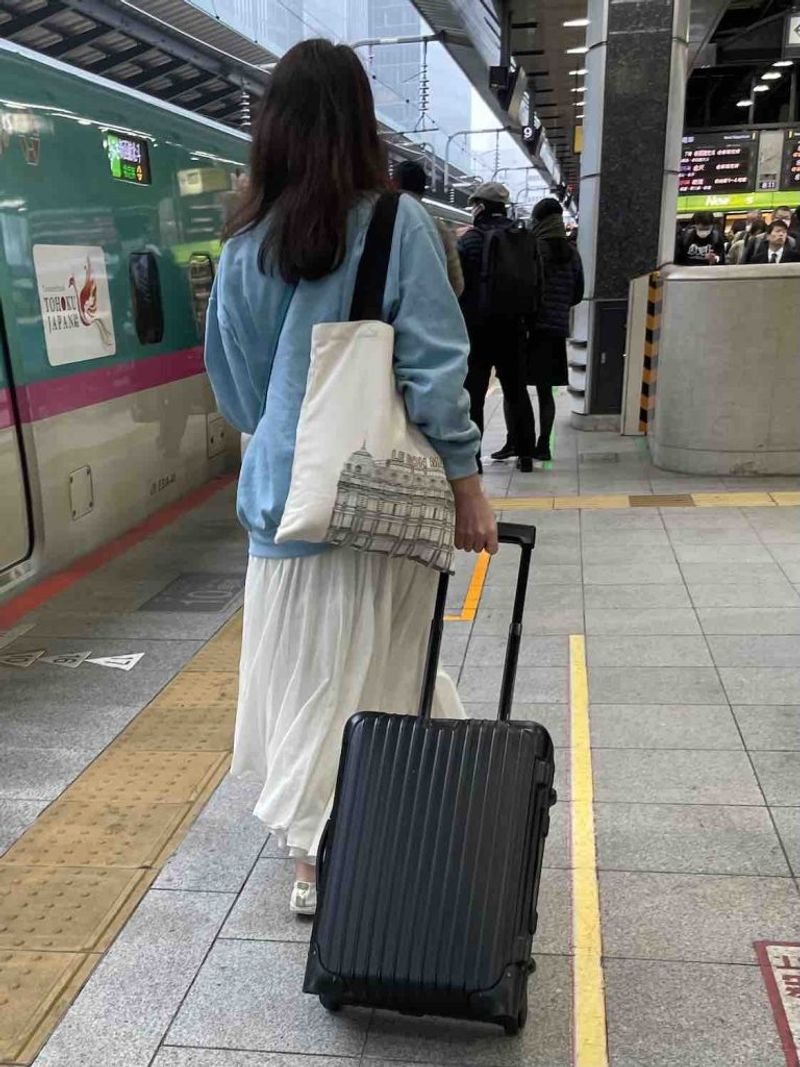
Japanese cities involve lots of walking and stair climbing, especially in train stations. Many stations lack elevators or escalators, and I quickly regretted packing my heaviest suitcase.
Dragging heavy luggage through crowded stations during rush hour was exhausting and embarrassing. Some traditional accommodations have narrow staircases that make large bags impractical.
Pack light and consider shipping larger items separately through Japan’s excellent postal system. Alternatively, use luggage forwarding services between hotels to avoid carrying everything yourself through the complex transportation network.
9. Not Understanding Tipping Culture

Tipping is not customary in Japan and can actually be considered rude or confusing to service staff. I embarrassed myself several times by trying to tip taxi drivers, restaurant servers, and hotel staff.
Japanese service culture is based on pride in doing excellent work, not monetary incentives. Attempting to tip can make staff uncomfortable and may even be refused or seen as insulting.
Show appreciation through polite behavior, bowing, and saying ‘arigato gozaimasu’ instead of offering money. The service you receive will be exceptional without any additional payment expected or desired.
10. Eating or Drinking While Walking
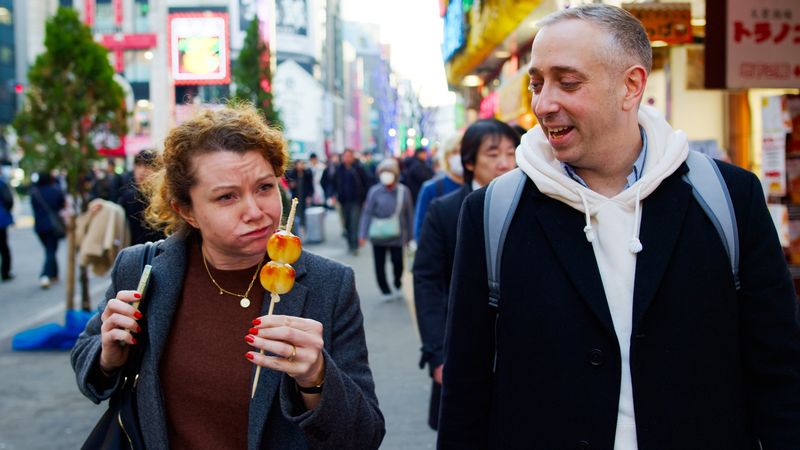
Walking while eating or drinking is considered impolite in Japanese culture, though this rule is gradually relaxing in some areas. I noticed disapproving looks when I grabbed street food and continued walking.
The proper etiquette is to eat near where you purchased the food or find a designated eating area. Many convenience stores have small standing areas specifically for this purpose.
When you buy food from street vendors or convenience stores, look for nearby seating or standing areas. This shows respect for local customs and helps you blend in better with the cultural norms.
11. Not Respecting Quiet Zones on Trains
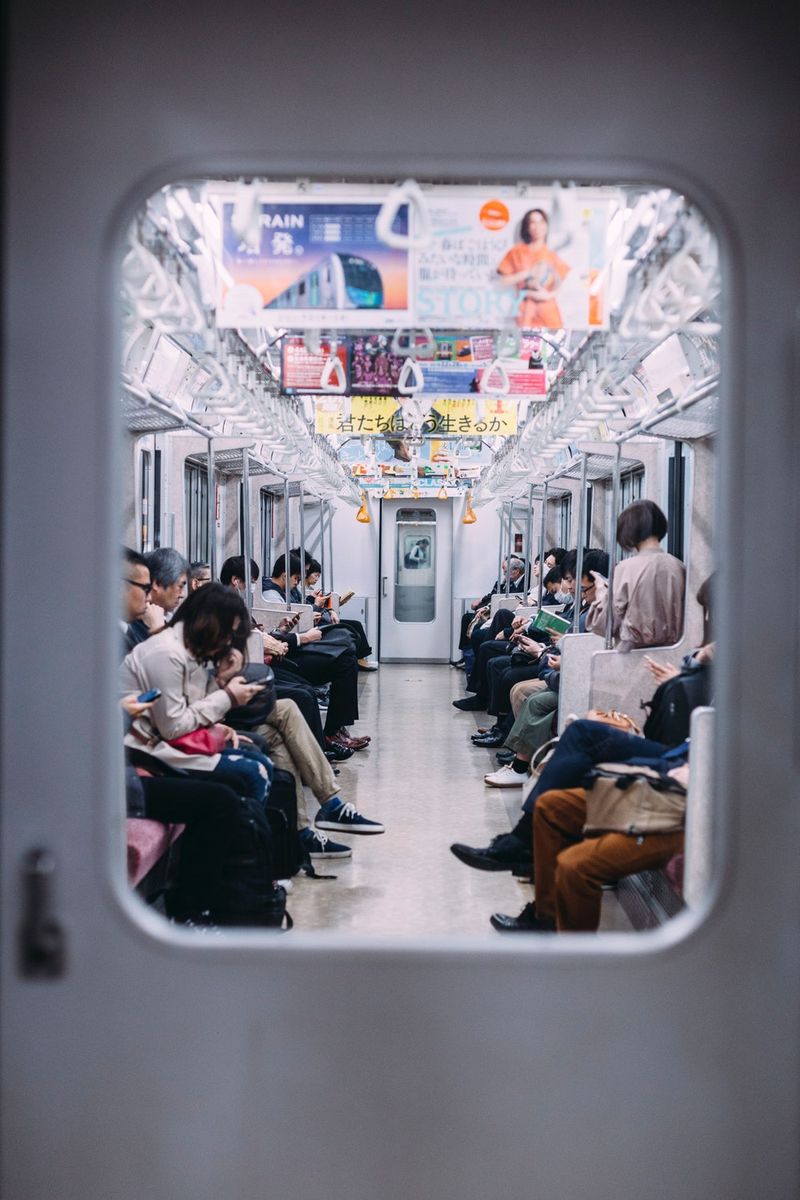
Japanese trains are remarkably quiet, and loud conversations or phone calls are considered extremely rude. I made this mistake early in my trip and received several stern looks from fellow passengers.
Phone calls should be avoided entirely on trains, and conversations should be kept to whispers. Even listening to music should be done with headphones at low volumes.
Observe the behavior of local passengers and follow their lead. The peaceful atmosphere on Japanese trains is one of their most pleasant features, and maintaining this requires everyone’s cooperation and respect.
12. Not Booking Accommodations Early Enough
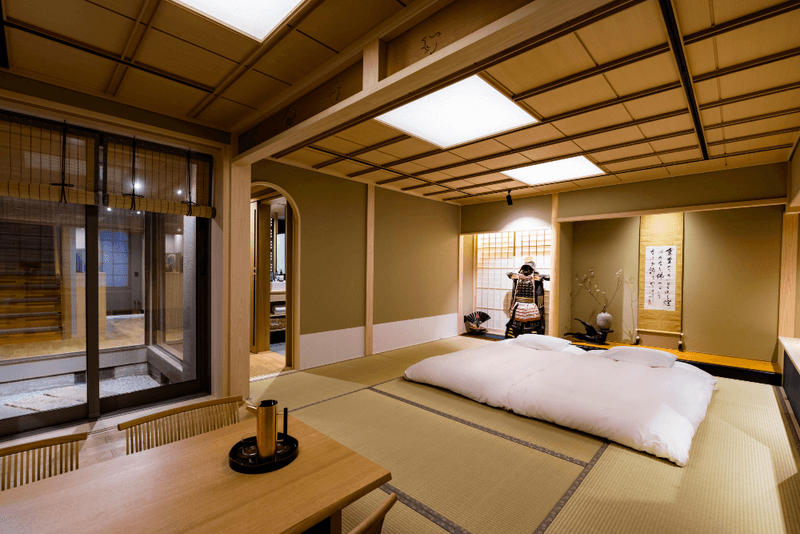
Japan’s popularity as a tourist destination means accommodations fill up quickly, especially during cherry blossom season, Golden Week, and other peak periods. I struggled to find affordable places to stay in popular areas.
Traditional ryokans and unique accommodations like capsule hotels book up months in advance. Even business hotels in major cities can be scarce during busy seasons.
Book your accommodations as soon as you confirm your travel dates. Consider staying slightly outside city centers for better availability and prices, as Japan’s excellent train system makes commuting easy and efficient.
13. Misunderstanding Onsen Etiquette

Onsen (hot spring) etiquette is strict and non-negotiable, but I wasn’t fully prepared for all the rules. You must wash thoroughly before entering the baths, and swimwear is absolutely forbidden.
Tattoos are often prohibited at many onsen, though some now accommodate foreign visitors. Hair must be tied back, and towels shouldn’t touch the water in the communal baths.
Research onsen rules beforehand and don’t be afraid to ask staff for guidance. Many onsen provide English instructions, and following these customs properly will enhance your relaxing experience significantly.
14. Not Preparing for Limited English Signage
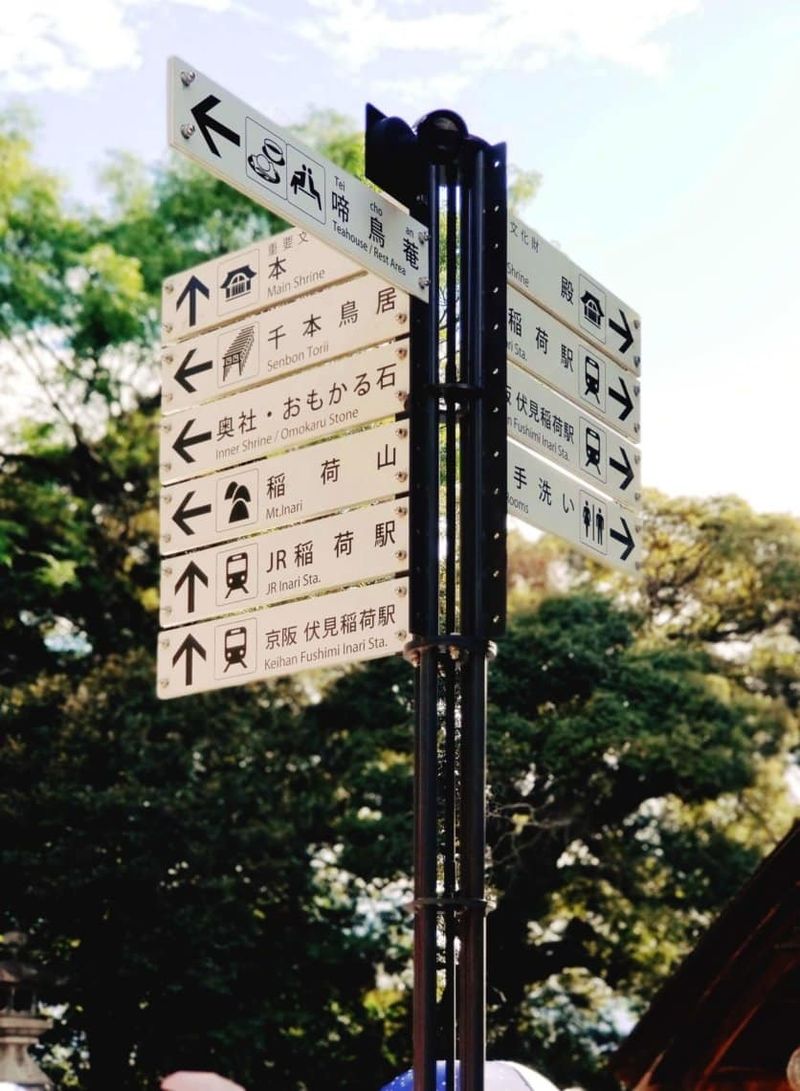
While major tourist areas have English signage, many places still use only Japanese characters. I found myself lost several times in residential areas and smaller towns with no English guidance.
Train announcements, street signs, and restaurant menus often lack English translations. Even some tourist attractions may have limited English information available.
Learn basic Japanese characters for common words like exit, entrance, men, women, and station. Take photos of your destination written in Japanese to show locals if you need help navigating.
15. Underestimating Travel Time Between Cities
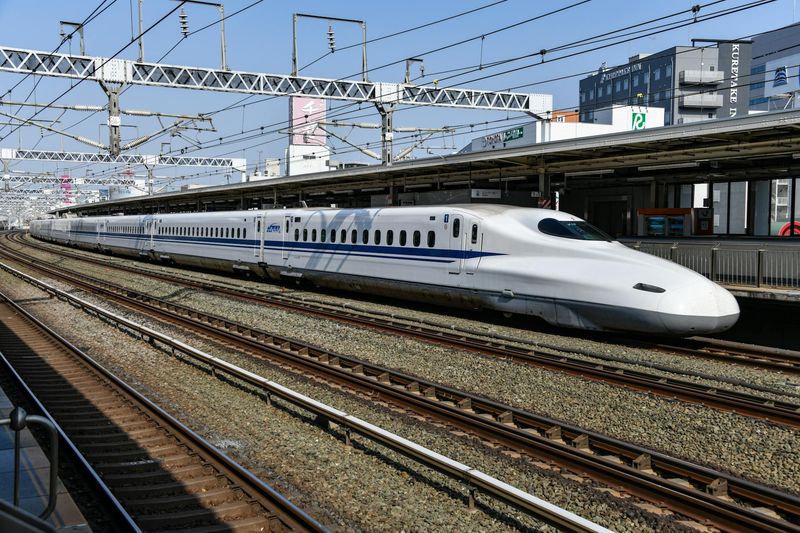
Though Japan’s transportation is incredibly efficient, I underestimated the time needed to travel between major cities. Even bullet trains require additional time for transfers, waiting, and getting to stations.
I missed several planned activities because I didn’t account for the full door-to-door travel time. Getting from your hotel to the station, waiting for trains, and navigating large stations all add up.
Always add extra buffer time to your itinerary when traveling between cities. Use hyperdia or similar apps to calculate realistic travel times, including transfers and walking time to your final destination.
